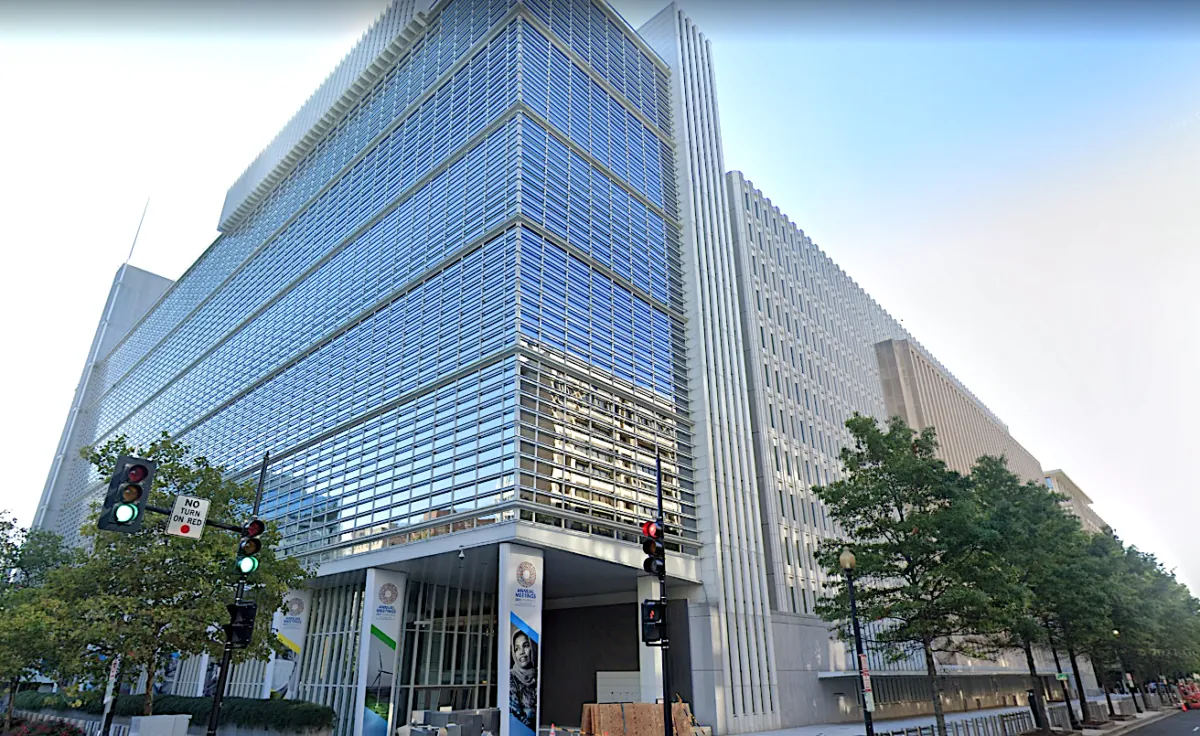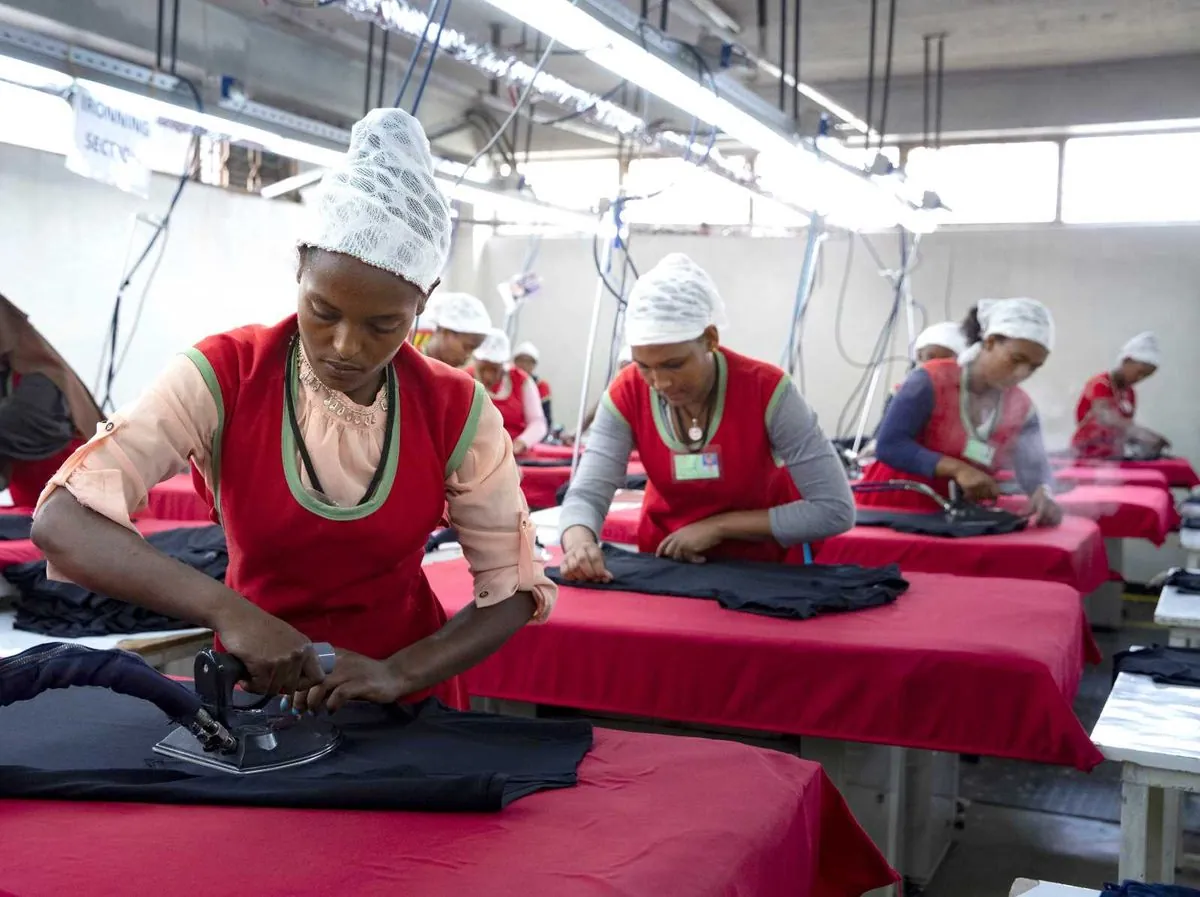World Bank's Poverty Reduction Mission: Successes, Failures, and Future Challenges
The World Bank's efforts to reduce global poverty face scrutiny as the "bottom billion" continue to struggle. Despite successes in emerging markets, the institution's approach and leadership are questioned amid changing economic landscapes.

The World Bank, established in 1944 to finance post-World War II reconstruction, has long been the largest international public agency. Its mission, as redefined by Robert McNamara in 1973, aims to "accelerate economic growth and reduce absolute poverty." However, the bank's performance in achieving this goal has been mixed, with significant challenges emerging in recent decades.
The bank's primary metric for poverty, currently set at $2.15 per day, has been criticized as an inadequate measure of progress. From 1960 to 1990, poorer countries' incomes diverged from richer ones, indicating a failure in the bank's mission. The situation began to improve in the early 1990s, largely due to the economic rise of China and India.
Paul Collier introduced the concept of the "bottom billion" in 2003, referring to approximately 60 poor countries, mainly in Africa and Central Asia, that were falling behind economically. While China and India experienced rapid growth, these bottom billion countries continued to struggle.
"Our dream is a world free of poverty."
The commodity super-cycle from 2003 to 2014 briefly boosted incomes in resource-rich bottom billion countries. However, since 2014, the trend has reverted, raising concerns about future poverty levels. Projections suggest that by 2035, adjusted for inflation, the number of people below the World Bank's poverty threshold will increase, primarily in Africa and Central Asia.
Asset wealth disparities further illustrate the challenge. By 2020, the average per-capita assets of the wealthiest billion people were $500,000, while the bottom billion had less than one-thirtieth of that amount. This gap threatens to create two vastly different worlds within a generation.

Despite these challenges, some bottom billion countries have made significant progress. Rwanda has doubled its people's incomes and improved health and education. Ethiopia has successfully entered global light manufacturing markets, while Zambia has implemented effective decentralization policies.
The World Bank's response to these trends has been criticized. Instead of reassessing its approach, the bank decided to change its stated purpose and measurement methods. This shift away from global poverty reduction to country-specific thresholds has been seen as a retreat from its core mission.
In contrast, the International Monetary Fund (IMF) conducted a self-assessment in 2018 under Christine Lagarde's leadership, leading to reforms in its approach to fragile states. This difference in institutional responses highlights the need for the World Bank to undergo similar soul-searching.
The forced resignation of World Bank President David Malpass in February 2023 underscores the urgency for change. As the institution faces mounting criticism, its new leadership must decide whether to embrace a bold new course or retreat into bureaucratic defensiveness.
The World Bank's vast resources and capable staff position it to make a significant impact on global poverty reduction. However, realizing this potential will require a renewed commitment to its original mission and a willingness to adapt to the changing realities of global economic development.


































